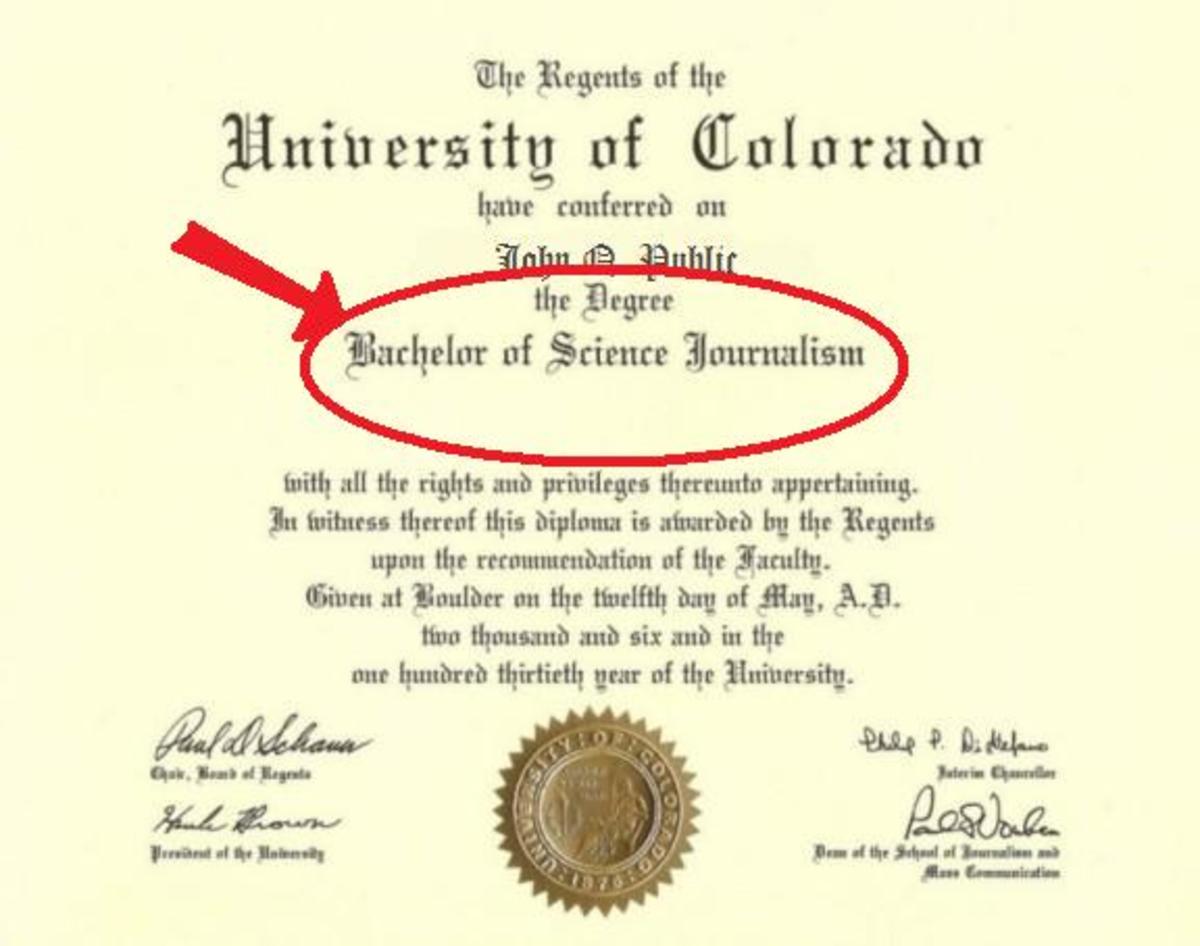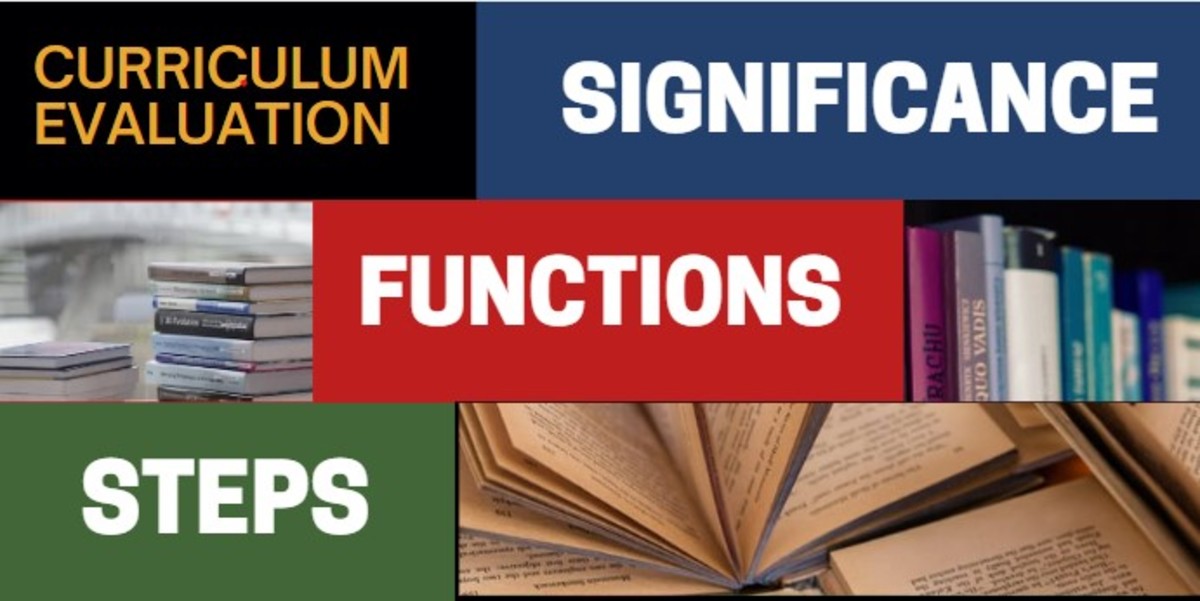APA, MLA, Chicago Manual of Style: What's the Difference?

By Joan Whetzel
Writing college and academic papers involves properly citing your reference materials. Any time you paraphrase, summarize or quote another author, you must give that author his or her due to prevent accusations of plagiarism or academic dishonesty, rejections by publishers, failing grades or failing a course. Academia and colleges require one of three formats for writing and citations: American Psychological Association (APA), Modern Language Association (MLA), or the Chicago Manual of Style. These three formats list a basic format for construction of the paper, citations and bibliographies.
APA Style
The academic arenas of psychology, education and social sciences write primarily in APA format. APA requires a title page with the paper's title, author's name and the name of the institution where the author wrote the paper or book. Each page after that receives a header with the title flush left and the page number flush right. Between the title page and the body of the book or essay, insert an abstract. Under the word "Abstract", centered on the first line, write a brief summarization of the main research points covered by the paper. In the body of the paper or book, paragraphs are not indented.
Papers and books written in APA format are double-spaced on 8.5 inch by 11 inch paper, in Times New Roman 12-point font, with one-inch margins all around. To cite references in APA format, use parenthetical citations, footnotes, or endnotes. The endnotes page appears at the end of each book chapter, or at the end of the book or essay, but before the alphabetized bibliography.
MLA Citation
MLA format, for writing in the areas of literature, arts and humanities, is similar in some aspects to APA format. It includes double-spacing on 8.5 inch by 11 inch paper, using 12-point Times New Roman and one-inch margins all around. Indent paragraphs 1/2 inch or 5 spaces within the body of the text.
MLA doesn't generally require title pages. Identify your paper by typing the paper's title, author's name, professor's name and the date at the top of the first page, flush left. Thereafter, include page numbers in the header, flush left. Use Section Headers to break up the material into subtopics and make it easier to read. Cite all material with either parenthetical citations or endnotes. Include the endnotes at the end of the paper, but before the bibliography, which is listed in alphabetical order.
Chicago Manual of Style Citation
Humanities disciplines also use The Chicago Manual of Style format for writing and citation. The Chicago Manual of Style does not offer strict guidelines for laying out your paper. There are no requirements for a title page or how to indicate, the title, author, professor or date for the paper. If any of your professors asks you to use The Chicago Manual of Style, they will inform their students how they wish the identifying information to be formatted.
Citation methods for Chicago manual of style include footnotes and endnotes. Endnotes are listed at the end of the paper before the bibliography. Footnotes are included at the bottom of the same page as their citations. Bibliographies, or Lists of Works Cited are alphabetized at the end of the paper.
All three of these formats are fairly similar in their basic format, which makes switching between them a little easier. Where it gets tricky, though, is in the citation methods and the styles of the bibliography entries. When a professor or publications requests a specific Style Guide, follow that Style Guide's specifications for citation preferences (parenthetical, endnotes, footnotes) and the proper format for those citations. Also take note of the bibliography entry styles, which vary greatly between these three styles. Incorrectly citing references or improperly listing bibliography entries could cost you grade points with professors or earn you rejections from publishers. This is one area where it pays to do your homework.




